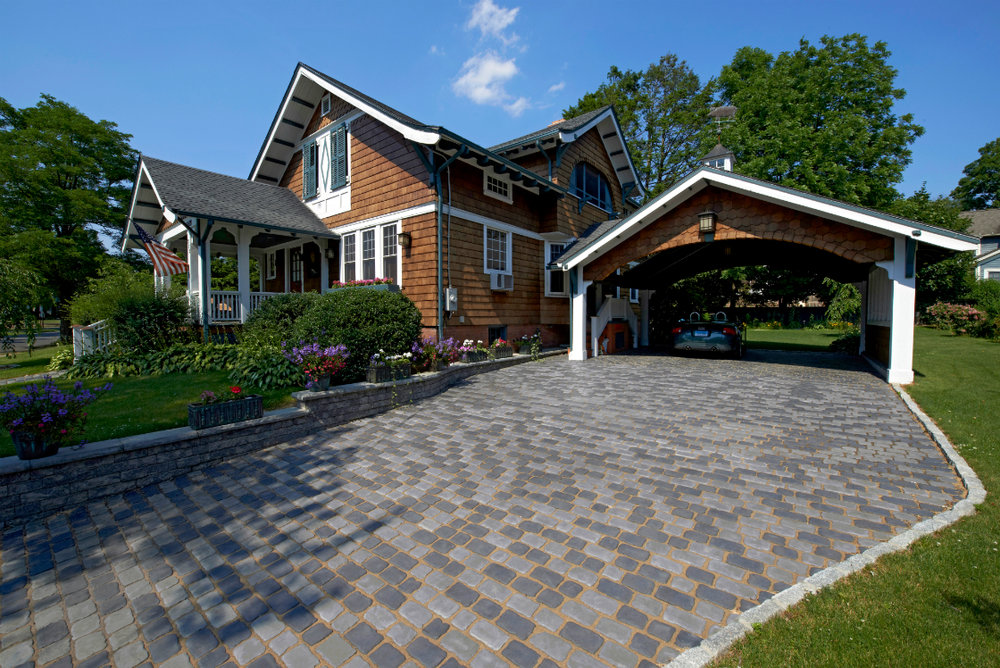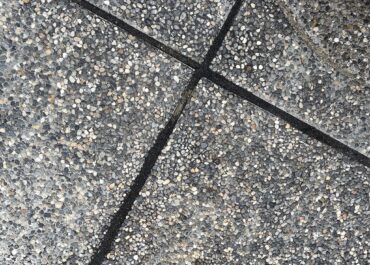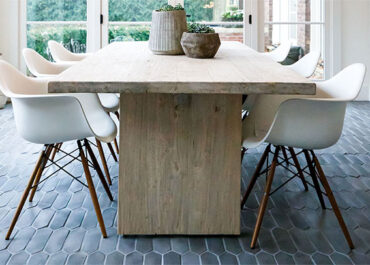
In the realm of hardscape design, attention to detail can make a world of difference. Edging plays a vital role in creating defined borders and organizing outdoor spaces. One popular and versatile option for edging is concrete edging pavers.
In this article, we’ll explore what concrete edging pavers are and provide a step-by-step guide on how to install these products, catering to DIY enthusiasts with some expertise.
Read as well: Interlocking Concrete Pavers
What Are Concrete Edging Pavers?
Concrete edging pavers are specially designed concrete blocks that serve as an effective means of creating borders and boundaries in various landscaping projects. These pavers come in a range of shapes, sizes, colors, and textures, allowing for customization and compatibility with different design themes.
Paver edging serves several important functions in hardscape design and the installation of concrete edging pavers. Here are the key functions of paver edging:
- Boundary Definition: Edging creates clear boundaries between different areas of your outdoor space. It provides a visual separation between different materials, such as pavers, gravel, or lawn, preventing them from blending together and creating a neat and organized appearance.
- Containment: Paver edging helps contain and prevent the spread of materials within a designated area. It keeps pavers in place, preventing them from shifting or spreading apart over time. This is particularly important in high-traffic areas or locations with heavy foot traffic.
- Structural Support: Edging provides structural support to the pavers, helping them maintain their shape and alignment. It helps distribute the load evenly, reducing the risk of pavers sinking, tilting, or becoming uneven.
- Weed Prevention: Paver edging acts as a barrier against weeds and vegetation, inhibiting their growth into the paved area. By creating a physical barrier, it reduces the chances of weeds infiltrating the joints and disrupting the overall appearance of the paved surface.
- Erosion Control: Edging helps prevent erosion by containing the base materials, such as gravel or sand, used for the paver installation. It keeps the base materials intact and prevents them from washing away or being displaced during heavy rain or other environmental factors.
- Stability and Longevity: Properly installed paver edging enhances the stability and longevity of the entire hardscape design. It provides support and reinforcement to the edges, reducing the risk of paver movement or damage over time.
Why Concrete is a Good Edging Material
Among the many options available on the market, concrete is renowned for its exceptional durability and longevity. When used as edging pavers, this material can withstand the test of time, resisting weathering, erosion, and heavy foot traffic.

Concrete edging pavers offer a wide range of design options, enabling you to achieve various styles and patterns. Whether you prefer a sleek, modern look or a rustic, natural appearance, concrete edging pavers can be molded to suit your vision.
Also, compared to other edging materials, concrete is a cost-effective choice. Its affordability combined with its durability makes it a practical investment in the long run.
And we’re not even speaking about its low-maintenance properties. You see, once installed, concrete edging pavers only require regular cleaning and occasional resealing to keep looking fresh and vibrant. Unlike ordinary concrete, these pieces are designed to never crack from shifting or movement, which means they probably won’t need a replacement so soon.
How to Install Concrete Edging Pavers
No, if you’d like to try installing them by yourself (which, by the way, we don’t recommend), just make sure to have previous expertise and a helping hand – because any mistake can compromise your project. Before starting the installation process, get the right tools and equipment, including safety gear.

Planning and Preparation
- Determine the desired layout and mark the edges using stakes and strings.
- Excavate a trench along the marked lines, ensuring it is deep enough to accommodate the pavers’ height and provide a stable foundation.
Base and Bedding
- Fill the trench with a layer of compacted gravel or crushed stone to create a stable base.
- Spread a layer of sand over the gravel, ensuring it is evenly distributed and leveled.
Placement
- Begin placing the concrete edging pavers along the trench, starting from one corner.
- Press each paver firmly into the sand bed, ensuring they are level and tightly aligned.
Cutting and Shaping
- If necessary, use a masonry saw or chisel to cut pavers to fit the desired shape or size.
- Ensure the cut edges are clean and smooth to maintain a professional appearance.
Finishing Touches
- Once all the pavers are in place, fill the gaps between them with sand.
- Use a broom to sweep the sand into the joints, ensuring they are filled.
- Lightly mist the area with water to help settle the sand.
Get an unlimited supply with Eagle Pavers!
As we said, any paver installation is better off in the hands of experts, especially if you’re a beginner in the hardscape business.
As a branch of Eagle Stones, our team specializes in paver supply and installation around the county of Sarasota and Manatee, Florida. In case you’re near us, don’t hesitate to give us a call so we can get started on your concrete project with a free estimate! Click here to view the full online catalog – we’ll be waiting for you to reach out.




